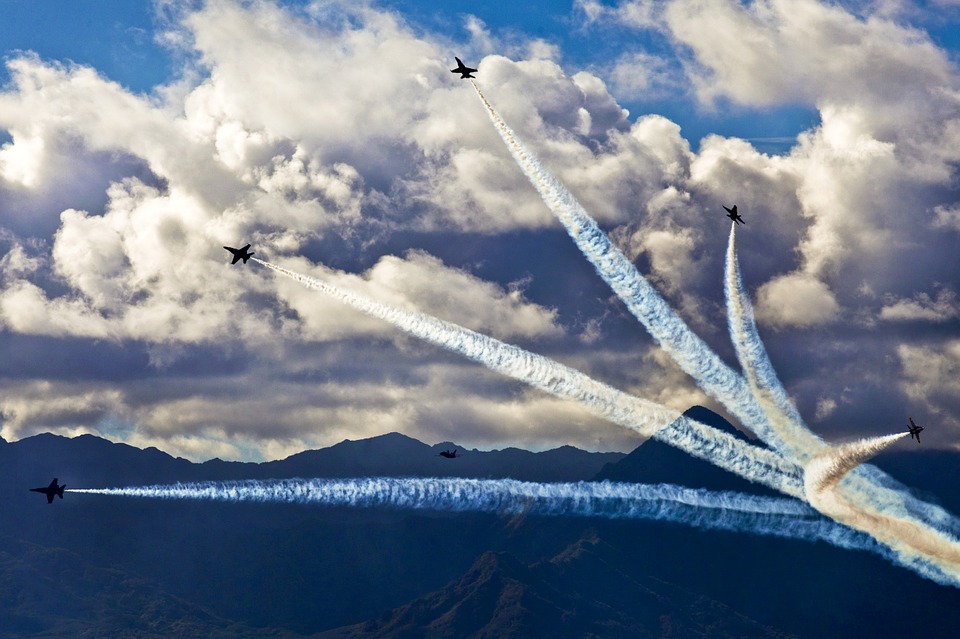If the aeroplanes which crossed the Atlantic Ocean back in 1930s and 1940s were built in such a way that they could float on the water in an emergency, why aren’t today’s aeroplanes being designed that way?
Numerous questions have been posed time and again as to why today’s aeroplanes are not designed in the same way as those which crossed the Atlantic Ocean back in the 1930s and 1940s. National Transportation Safety Board tells the story of US Airways Flight 1549, an Airbus A320 which was disturbed mid flight after it struck a gaggle of geese on the 15th of January 2009 (2010). After losing power on both engines, the Airbus was able to float on the Hudson River. This paper will examine (National Transportation Safety Board, 2010) on the story of this Airbus against the question “why are not today’s aeroplanes being designed to float on water in an emergency?”
While understanding that the 1930s-40s aeroplanes were able to lend on open waters, it is also important to understand why they were built that way. Research work as documented by The Flying Clippers indicates that the sea planes of 1930s-40s were built to primarily operate on water due to economic, financial and political reasons, not for safety reasons contrary to popular belief (2014). WW2 lasted from 1939 to 1945, and the sea planes were popular in the 1930s-40s. This is not a mere coincidence, the sea planes were actually war planes as they were built in order to be able to land on open water. This feature was to assist in case of emergency which was almost all the time since it was a period of war.
Seeing that the waters of the sea were not always calm, there was a need for permanent solution. After the end of World War 2, there was enough space to build runway terminals and airports. Ditching planes (emergency water landing) became a new feature only to be used in cases of emergency. Thus, in a way, today’s aeroplanes are far more advanced and yet very similar to those of 1930s-40s due to their ability to safely float on water in cases of emergency.
Works Cited
National Transportation Safety Board. (2010). Loss of Thrust in Both Engines After Encountering a Flock of Birds and Subsequent Ditching on the Hudson River. Aircraft Accident Report. Washington D.C: National Transportation Safety Board. doi: NTSB/AAR-10/03
The Flying Clippers. (2014). Pan American Airways Clippers 1931-1946. Retrieved from Flying Clippers: http://www.flyingclippers.com/panam.html
